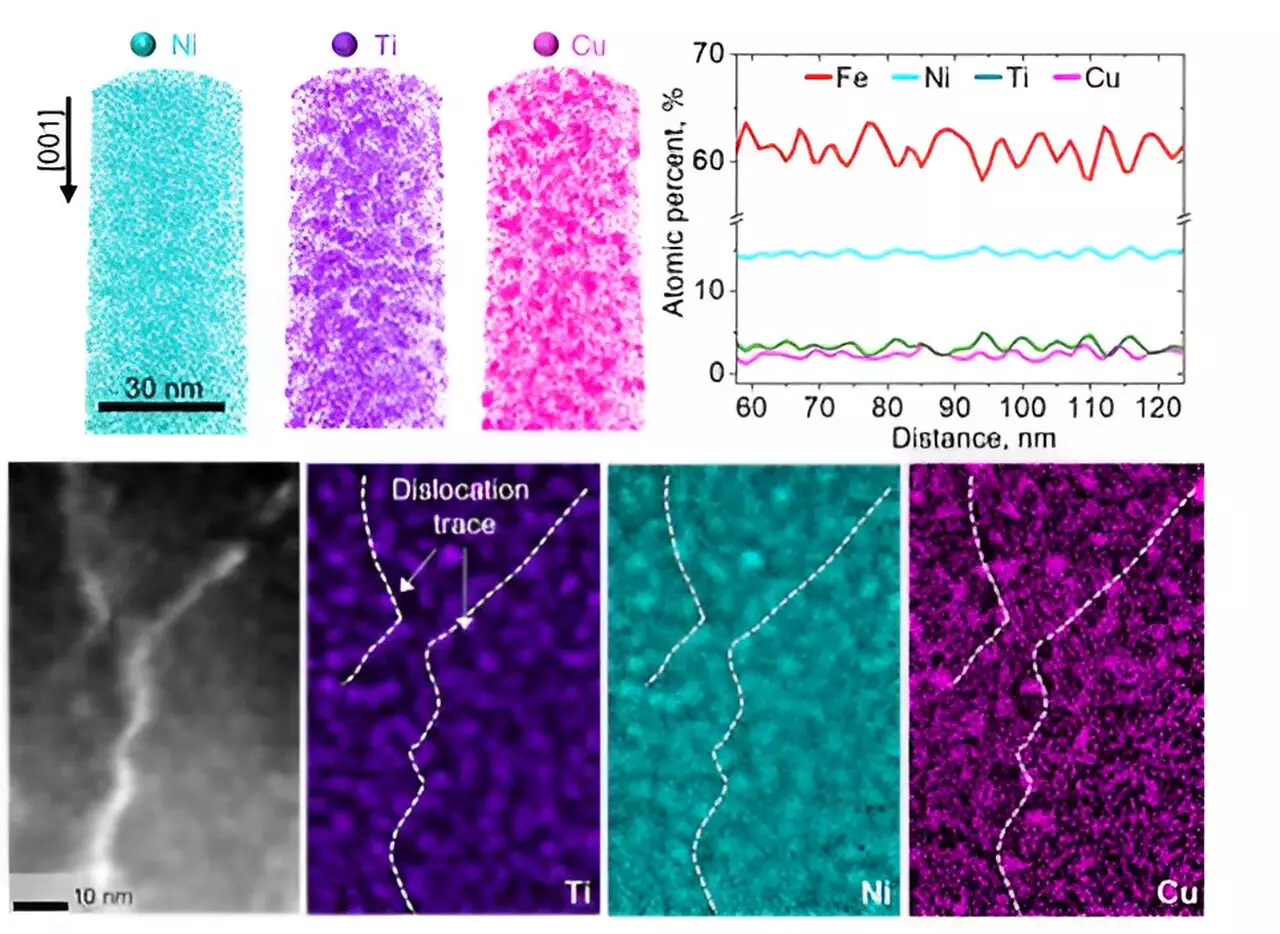The relationship between “strength” and “elongation” in metallic materials has long been a topic of interest in materials science and engineering. Typically, as the strength of a material increases, its elongation decreases, and vice versa. This conflict poses a challenge for researchers looking to enhance both properties simultaneously. However, a recent collaborative effort between researchers from POSTECH and Northwestern University has introduced a groundbreaking technology that aims to address this issue.
The research team, consisting of Professor Hyoung Seop Kim, Professor Yoon-Uk Heo, and Ph.D. candidate Hyojin Park from POSTECH, along with Dr. Farahnaz Haftlang from Northwestern University, collaborated to tackle the tradeoff between strength and elongation in metallic materials. Their innovative approach involves designing an alloy that exhibits both high strength and high elongation.
One of the key concepts introduced by the POSTECH research team is spinodal decomposition. This process involves the spontaneous separation of a solid solution into two distinct phases, resulting in nanoscale structures with regularly arranged atoms. By incorporating copper and aluminum into an iron-based medium-entropy alloy, the researchers were able to trigger periodic spinodal decomposition at the nanoscale. This led to spinodal hardening, enhancing the material’s resistance to structural deformation.
Experiments conducted by the research team demonstrated that alloys produced using their method exhibited superior structural integrity compared to traditional alloys. These new alloys achieved a yield strength of 1.1 GPa, representing a 187% improvement over the alloy without spinodal decomposition. Despite the increased yield strength, the alloy maintained nearly the same elongation (28.5%) as before. This advancement is a significant step towards achieving both improved strength and elongation in metallic materials.
The research conducted by the collaborative team from POSTECH and Northwestern University represents a significant advancement in the field of materials science and engineering. By introducing the concept of spinodal decomposition and designing an alloy that combines high strength and high elongation, the researchers have overcome the traditional tradeoff between these properties. This breakthrough technology has the potential to revolutionize the manufacturing of metallic materials and improve the performance of a wide range of products.


Leave a Reply